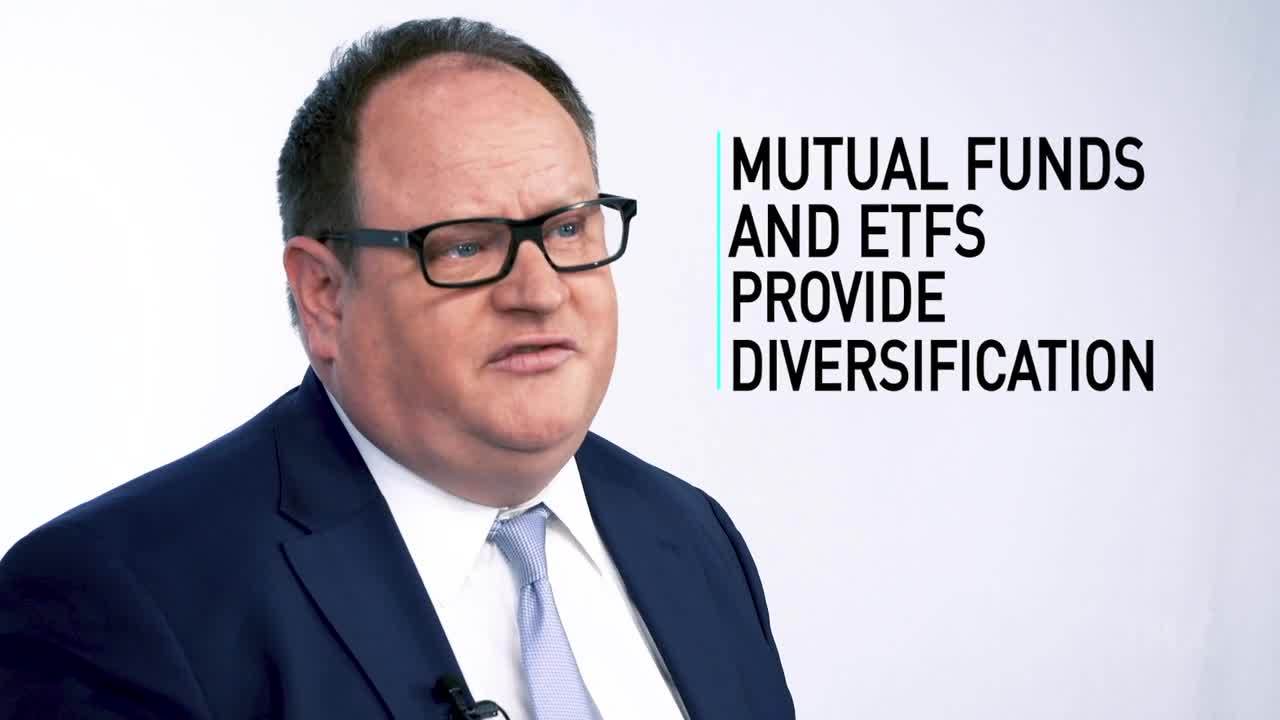Feb 18, 2020
A world of opportunity with ETFs

According to Graham MacKenzie, Head of Exchange Traded Funds (ETFs) and Structured Products at Toronto Stock Exchange, there’s always going to be demand for actively managed products. When thinking about ETFs, they can be managed either passively or actively, but actively managed ETFs have the potential to benefit mutual fund investors and can make a portfolio easier to manage and also be more cost effective.
MacKenzie explains that ETFs have been typically defined as broad based products, but their move into active management has given managers the opportunity to utilize the distribution channels that an ETF provides.
Moreover, fixed-income ETFs have also become less popular in the bull market, as investors are much more cost-aware of the environment that they are dealing with.
True or false. Is the ETF market saturated?
MacKenzie says that is false. When looking at the big picture, ETFs are a small portion of the $1.5 trillion invested in funds in Canada. There’s plenty of room to grow and numerous different asset classes, sectors, and thematic ETFs available within the overarching ETF industry.
He notes that people get concerned about ETFs not trading, not having enough volume or seeing liquidity. So, he asks, “When someone buys a mutual fund, do you ask them about the liquidity it had that day?” Probably not.
Liquidity comes from the nature of how an ETF was created — the risk is in the underlying product purchased and that all fits into what investors are looking for: diversification.
Apart from focusing on ETFs, what does MacKenzie do in his free time? He’s the Co-Founder of Ready, Set, Play, a sports charity whose objective it to provide all children with equal opportunities to participate in recreational and sports programs.
